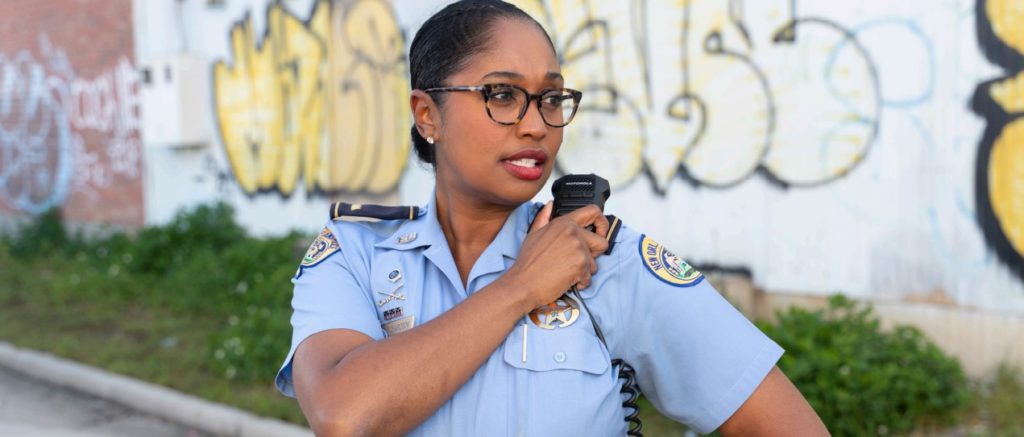Communication in the workplace is important regardless of your industry. The average US company loses about $62.4 million annually because of poor communication tools and strategies.
Motorola two-way radios can help businesses save this money in both the public sector and commercial markets. Here, we’re going to discuss what these radios are and exactly how they work to improve communications between team members.
Read on for a complete guide to the best two-way radios out there.
The Basics of Motorola Two-Way Radios
Two-way radios are small handheld devices that can both transmit and receive audio signals. Two or more people can connect their radios to the same frequency and talk via that channel.
For those familiar with walkie-talkies, they are a type of two-way radio. They are short-range options and do not make up the bulk of these devices. Many professionally-used radios let people communicate fairly long-range, though it is not unlimited.
This makes them a great choice for remote workers. They also work wonders for teams that are often on the go, such as service providers and field workers.
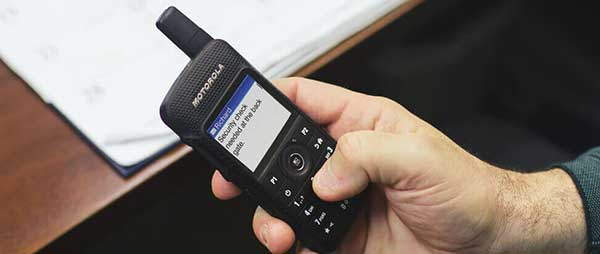
Types of Two-Way Radios
There are many different radio communication products for businesses and teams to take advantage of.
The bulk of two-way radios are mobile or handheld. These radios are portable, easy to store, and simple to use.
However, others are stationary. These sit in one place, usually in a main office or operational headquarters.
Both of these radio types can be found as either half-duplex or full-duplex machines.
A half-duplex two-way radio lets both parties talk and receive messages. However, they can only do one of these things at once. So, if one person is pushing the push-to-talk button and speaking, the other must wait for them to finish before responding.
Full-duplex options function more like mobile phones. Multiple parties can talk at the same time and have complete conversations. They use multiple frequencies at once so that users can talk and listen at the same time.
How Do the Best Two-Way Radios Work?
Speaking of the types of two-way radios, there are multiple systems that you can choose from.
The 5 main ones are:
- Conventional radios, which work for a single location with under 150 users
- IP site connect radios, which use repeaters and existing information to connect multiple people together even when they’re a few miles apart.
- Capacity plus radios, which connect 100+ users over a wide range with disparate repeaters and traffic management
- Linked capacity plus, which uses the same tech as IP site connect radios to bridge more users than ever before
- Capacity max radios, which are made for huge businesses with people who need to communicate over a vast distance (such as interstate communications)
While all of these models have their differences, they share many similarities. Their core functionality is the same.
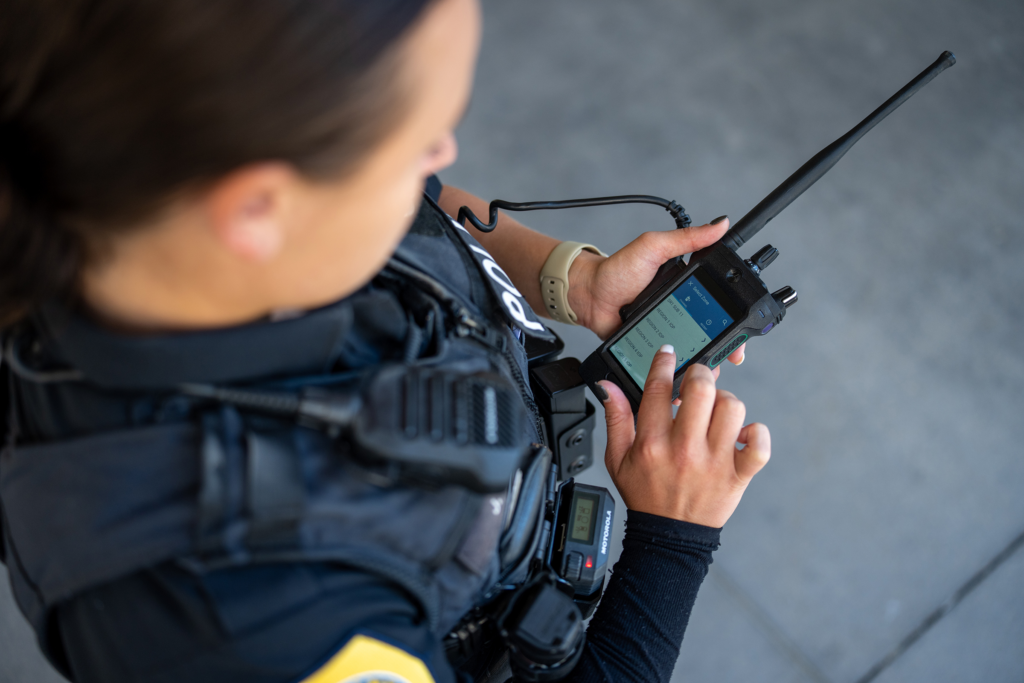
Receiving and Transmitting
There are two main parts of a two-way radio: a receiver and a transmitter.
The receiver uses a circuit and antenna to connect to a specific radio frequency. This allows you to receive messages from other users.
The transmitter uses this same circuit/antenna hardware. The antenna helps the transmitter create radio waves to send your voice to an endpoint.

Using Frequencies
Every form of communication, including modern smartphones, use radio frequencies to connect.
Basically, frequency is the oscillation rate that an alternating electric current operates at. A magnetic, electric, or electromagnetic field oscillates and generates one such frequency.
Two radios that connect to the same current are on the same frequency. This is usually called a “channel.” So, when two people connect to one frequency, they’re on the same channel.
The receiver accesses the radio waves. It then interprets the information in the radio waves. This turns to speech.
The transmitter takes your voice and transmits it via the channel as radio waves.
Two-way radios also come with a tuner. This tuner identifies and organizes different frequency signals so that you can get messages on a specific frequency. It lets you tune your device to the same channel as your interlocutor is using.
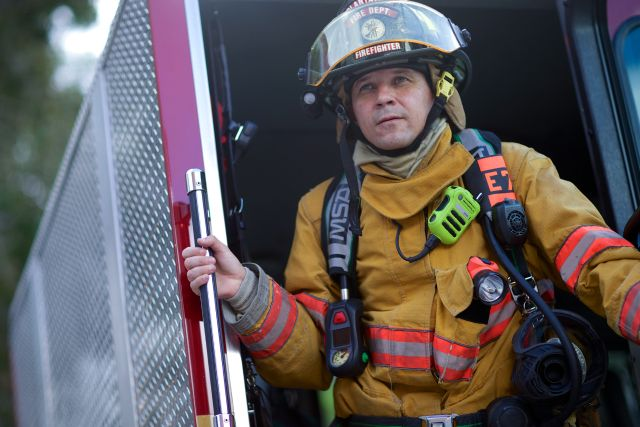
Push-to-Talk
Most two-way radios speak automatically when the receiver picks up a signal on the channel. However, to respond, they use push-to-talk (PTT) technology.
You as a user must manually hold down a button when you speak. This signals to the transmitter that it should be sending the information that you’re inputting. The PTT mechanism sends your voice to the receiver of the person you’re communicating with.
Their receiver reconverts your sound waves into electric signals. The speaker takes these signals and makes them into audio signals. This is how the recipient gets your speech.
Analog vs Digital Radios
In addition to the basic functionality of two-way radios, it’s important to understand the difference between analog and digital options.
Analog radios still exist but are generally a thing of the past. It overlays your voice on top of the radio frequency signals that carry it. This is a manual process with a very limited range.
Some businesses still use these radios, which is fine. Analog radios still work and are a tried-and-true transmission method that people relied on for years.
However, most two-way radios today use digital mobile radio (DMR) technology. Instead of overlaying your voice on the transmission signals, it breaks down your voice into packets. These packets are made up of alphabetical and numerical data.
The packets are turned back into audio when they reach the endpoint receiver.
Digital radios have a wide range of benefits, including:
- A wider range
- Faster transmission
- Multiple conversations on one frequency
- Clearer speech
- Less likely to drop out mid-sentence
While there’s nothing wrong with analog radios, digital ones tend to be a superior option in 2023. This is especially true for those communicating long-distance.

What Sets Motorola’s Models Apart?
Motorola radios afford the same benefits as other brands, such as instant connections and clear audio. They also allow for group-wide speech so that you can relay information to an entire group. As long as they’re all connected to the same frequencies, some radios let you transmit messages to multiple users.
In addition to these benefits, Motorola radios also offer some brand differentiators that set them apart.
For one thing, their Intelligent Audio feature helps to clean up speech by eliminating background noise. This only exists on certain models, but it monitors the sound coming into the device and adjusts the speaker volume based on background sounds. This makes Motorola a great partner in harsh user environments like storms or loud, harsh environments.
They also are made with materials that can withstand even the harshest of working conditions. They won’t break when dropped on concrete or sustain damage in heavy rain. They also won’t get too hot or too cold regardless of the temperature outside, unlike mobile phones or other radios made with worse materials.
Durability is important, but so is long battery life. Motorola two-way radios stand out because they build superior patented batteries like Motorola Original and IMPRES. This is critical because teams can use them for extended work shifts regardless of their location.
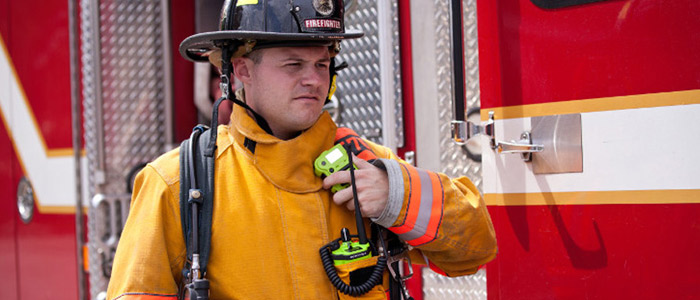
Who Can Benefit from Radio Products?
Two-way radios are not meant only for a single industry. Instead, they’re great for a plethora of different applications.
Because of their durability and easy connections, they work wonders for teams trying to communicate while doing fieldwork. They are perfect for any collaborative effort. When you employ radio technologies in any industry, you’re improving and enhancing the tools that you have to contact colleagues and superiors in any location.
Law Enforcement, Fire Departments, and EMS
One of the biggest two-way radio applications is for use for Public Safety by police, fire departments, and emergency medical services.
Police use their radios daily to communicate with officers and superiors. Since radios can take a fall to the concrete and withstand weather damage, they’re perfect for people doing essential jobs like enforcing laws. They also are essential because teams of officers need to communicate during investigations and while catching criminals.
They can receive orders from superiors and collaborate with other officers while in the field. This may mean contacting people on the same case as them, but it also might mean calling an office or precinct for paperwork.
Similarly, fire departments and EMS workers also need radios for dispatch. Teams can be more effective and allocate resources better when they have the appropriate dispatch tools. They can ensure that they get to the location of the emergency as quickly as possible.
Fire departments will have hardware that can withstand extreme heat. EMS first responders can easily contact hospitals to ensure that they are ready for patients.
First responders depend on Two-way radios, they can literally save lives in these cases.

Safety and Security
Buying radios is also essential for those looking to enhance the safety and security of a given area.
Security personnel often work in areas with a lot of background noise. They need to perform crowd control and work during protests and riots. Motorola two-way radios have the necessary features to eliminate background noise so that speech still comes through clearly and comprehensibly.
In quieter situations, wireless channels let security guards and similar professionals contact each other if they see any suspicious activity. This allows them to be prepared to protect people or property.
Some two-way radios can also sound security alarms. They can be tuned to property and go off if someone breaches the perimeter.
All of these benefits also can ensure that people can communicate during natural or man-made disasters. Mobile phones can be destroyed and power outages can stop signals to smartphones. Two-way radios don’t have these issues and can work to keep people safe even in extreme situations.
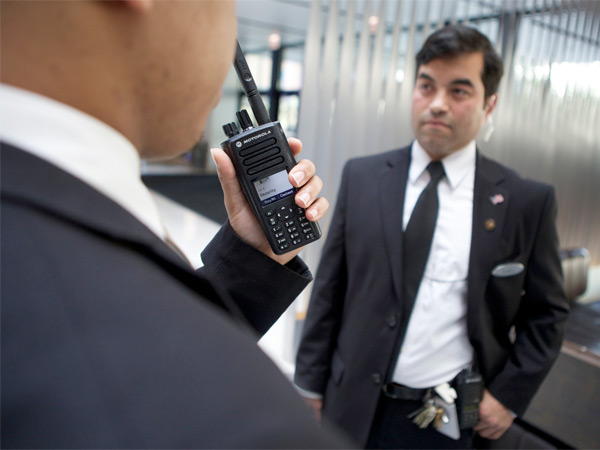
Construction and Manufacturing
In construction, teams on the field need to communicate with supervisors and architects. When design questions come up or they need new parts or crew members, they can just push a single button and make their inquiries.
This stops them from needing to dial long numbers while on the job. It also is necessary because workers may not get cell services in some construction areas. For example, those building skyscrapers on tall lifts may not get cell service where they are building.
In both construction and manufacturing, people will also need to communicate with others operating heavy machinery.
They will need to give them fleet instructions, directions on how to move cranes and lifts, and safety advice. Two-way radios are efficient, simple, and reliable. They can stop accidents involving large machines and vehicles.
Manufacturing plants also often operate in areas that the internet and landlines cannot reliably reach. Two-way radios give people a chance to contact each other, which is especially important around machinery in a manufacturing plant.
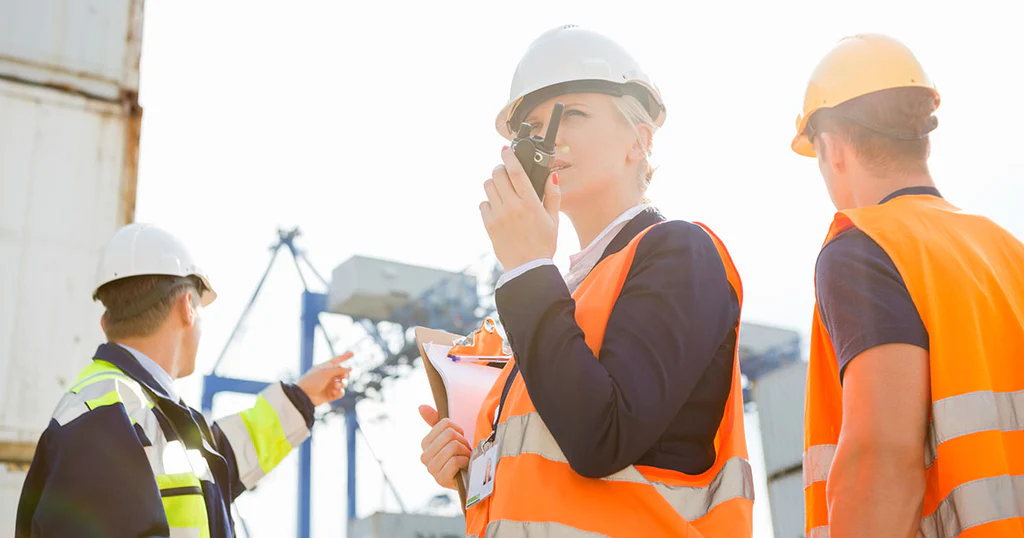
Business
Two-way radios can also serve as great business radios. When customer service is a priority, sales teams on the floor of a retail store need to be able to communicate with managers. They need to be able to ask about inventory in the stock room and clerks for price checks.
Because Motorola radios are so reliable, this sales staff can get an answer in no time. Customer satisfaction will increase, as will repeat sales.
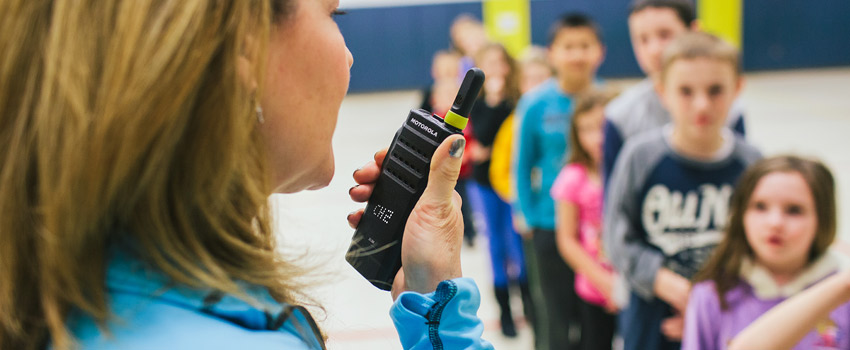
Invest in Business Radios Today
Motorola two-way radios perform many functions, and people in a wide range of industries can benefit from them. Now that you know how they work and why they’re a great option for radio communication, it’s time to get started.
EMCI Wireless is committed to offering teams the best handheld radio solutions in the US. We serve multiple industries from our Florida business to ensure public safety communications, dispatch solutions, and fleet management.
Contact us to learn more about how we can use our 45+ years of service to assist you.

